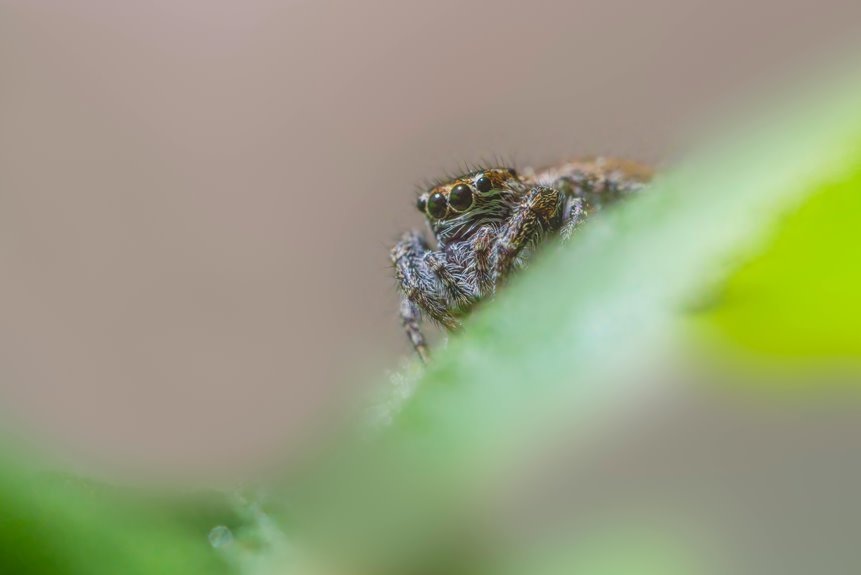Seasonal variation in calling behavior among animals reveals significant adaptations to changing environments. These vocal modifications serve crucial functions, such as facilitating mating success and establishing territory. Understanding these patterns can offer insights into the ecological dynamics at play. However, the intricacies of how specific environmental factors influence these adaptations remain largely unexplored. Such gaps in knowledge prompt further inquiry into the underlying mechanisms driving these behavioral changes.
The Impact of Seasonal Changes on Animal Communication
As seasonal changes occur, the communication patterns of animals often adapt in response to environmental shifts.
Vocal mimicry emerges as a notable strategy, allowing species to respond to varying environmental cues effectively.
Adaptations in calling behavior reflect the need for survival and social interaction, showcasing the intricate relationship between external conditions and the communicative practices of various animal populations throughout the year.
Mating Calls and Reproductive Success
Mating calls play a crucial role in the reproductive success of many animal species, as these vocalizations are often key signals that attract potential mates.
Empirical studies indicate that call duration significantly influences mating success, with longer calls generally correlating with higher attraction rates.
Thus, the characteristics of these calls are vital for effective communication during the mating season, impacting overall reproductive outcomes.
Territory Establishment and Vocal Signaling
Vocal signaling serves a pivotal role in territory establishment among various animal species, as these vocalizations can convey information about an individual’s presence and fitness to both rivals and potential mates.
High vocal frequency often signifies dominance, deterring potential intruders and minimizing territorial disputes.
Conversely, lower frequencies may attract attention, highlighting the complex dynamics of vocal communication in territorial integrity.
Ecological Implications of Seasonal Calling Patterns
Seasonal calling patterns significantly influence ecological dynamics within various habitats.
These vocalizations affect habitat selection, as species often choose environments that enhance communication efficacy while minimizing predation risks.
Additionally, calling behavior can serve as a mechanism for predator avoidance, allowing individuals to assess threats and adjust their activities accordingly.
Understanding these patterns is crucial for comprehending broader ecological interactions and species survival strategies.
Conclusion
In conclusion, seasonal variation in calling behavior underscores the intricate relationship between environmental factors and animal communication strategies. For instance, studies have shown that over 70% of bird species modify their vocalizations in response to seasonal changes, enhancing their mating success and territorial defense. This adaptability not only highlights the evolutionary significance of vocal communication but also illustrates the profound impact of ecological dynamics on behavioral patterns, ultimately contributing to the survival and reproductive outcomes of various species.





